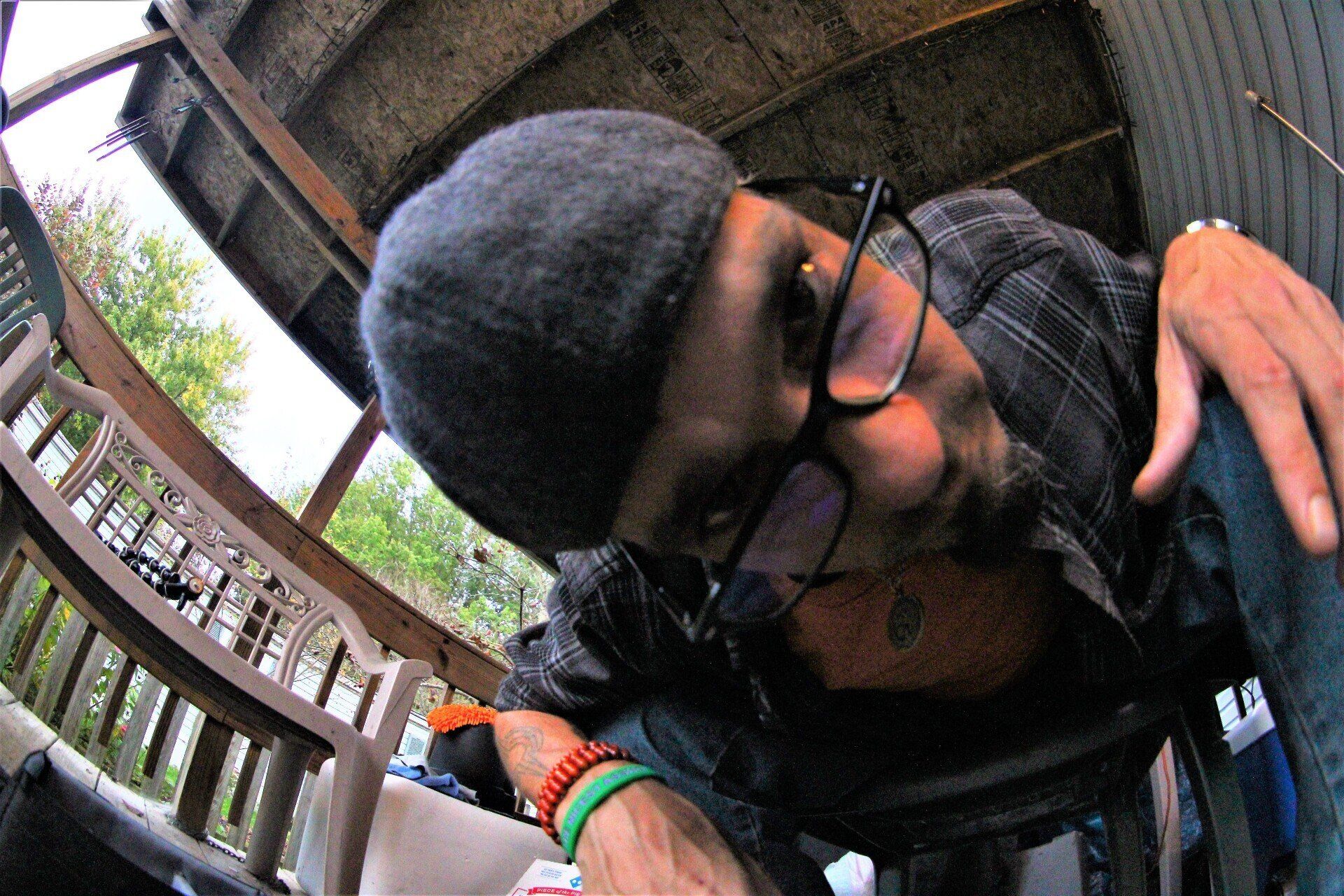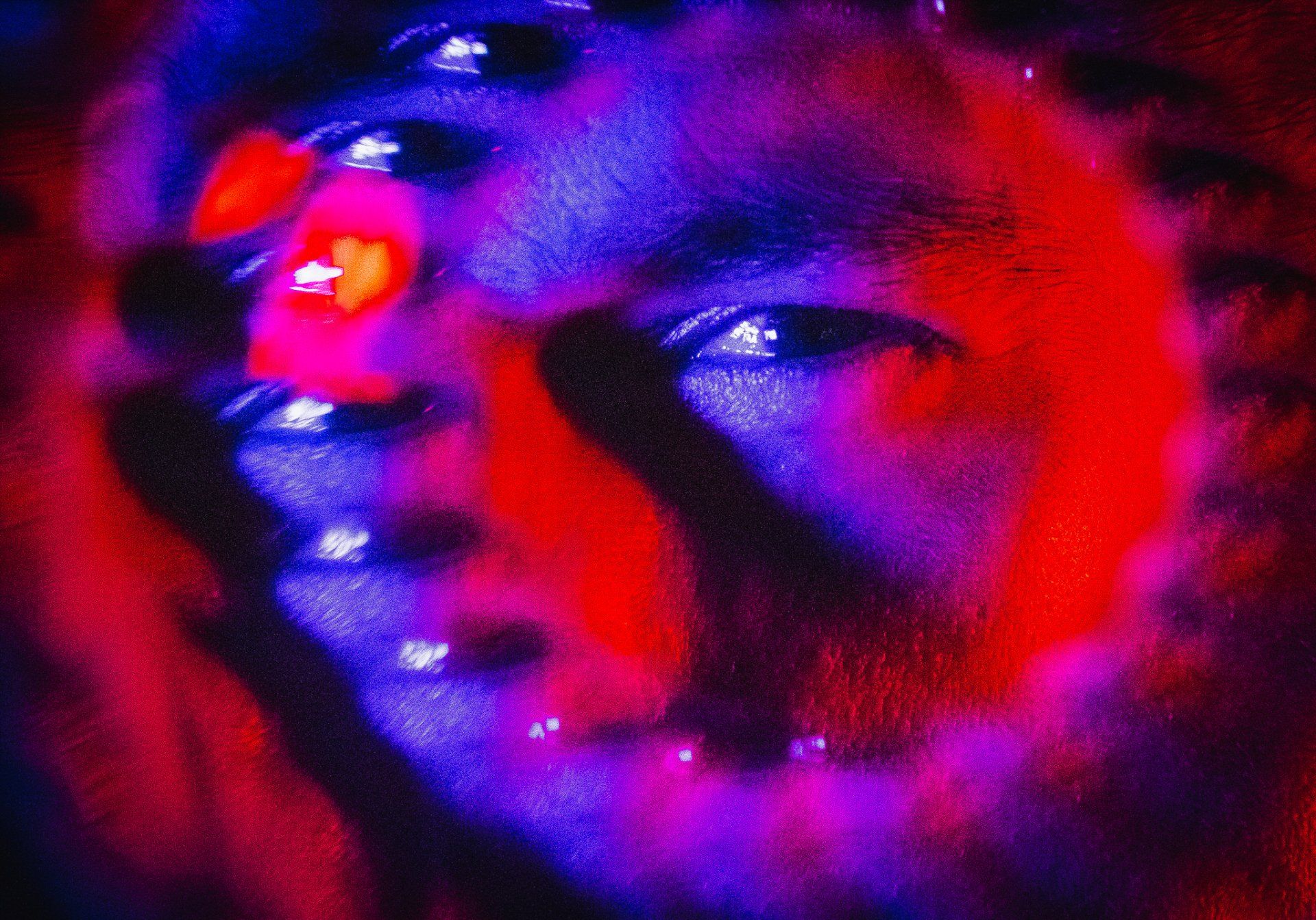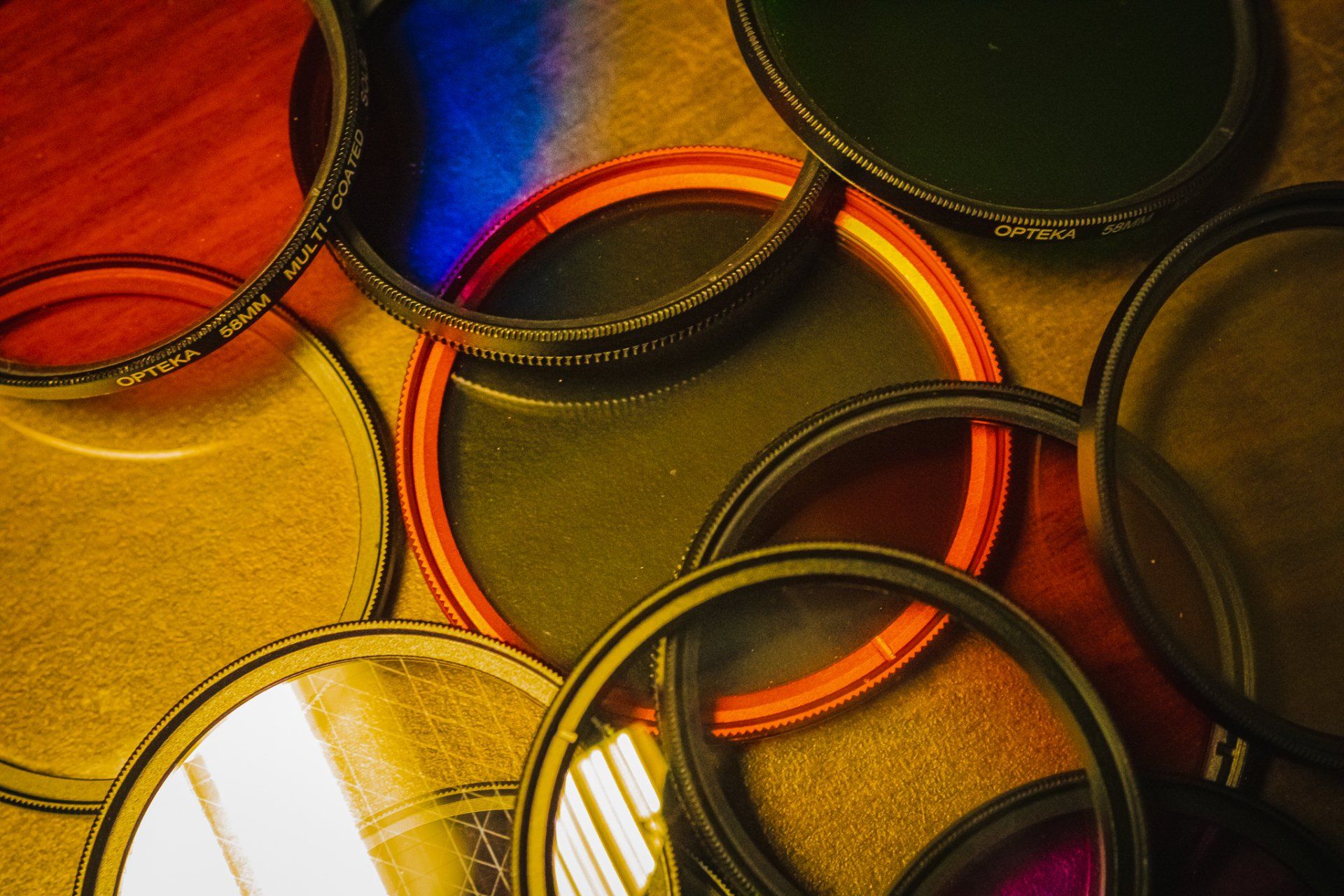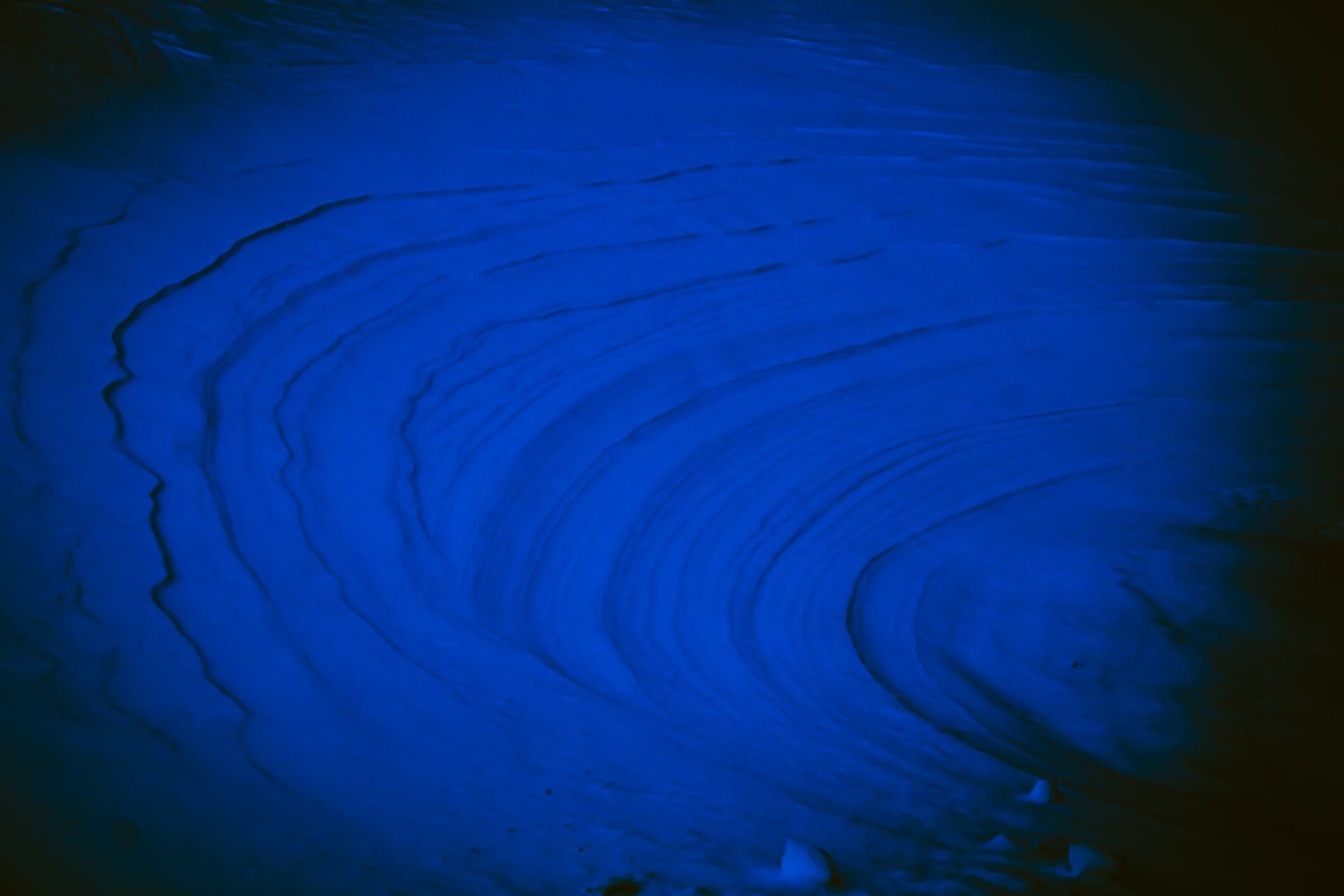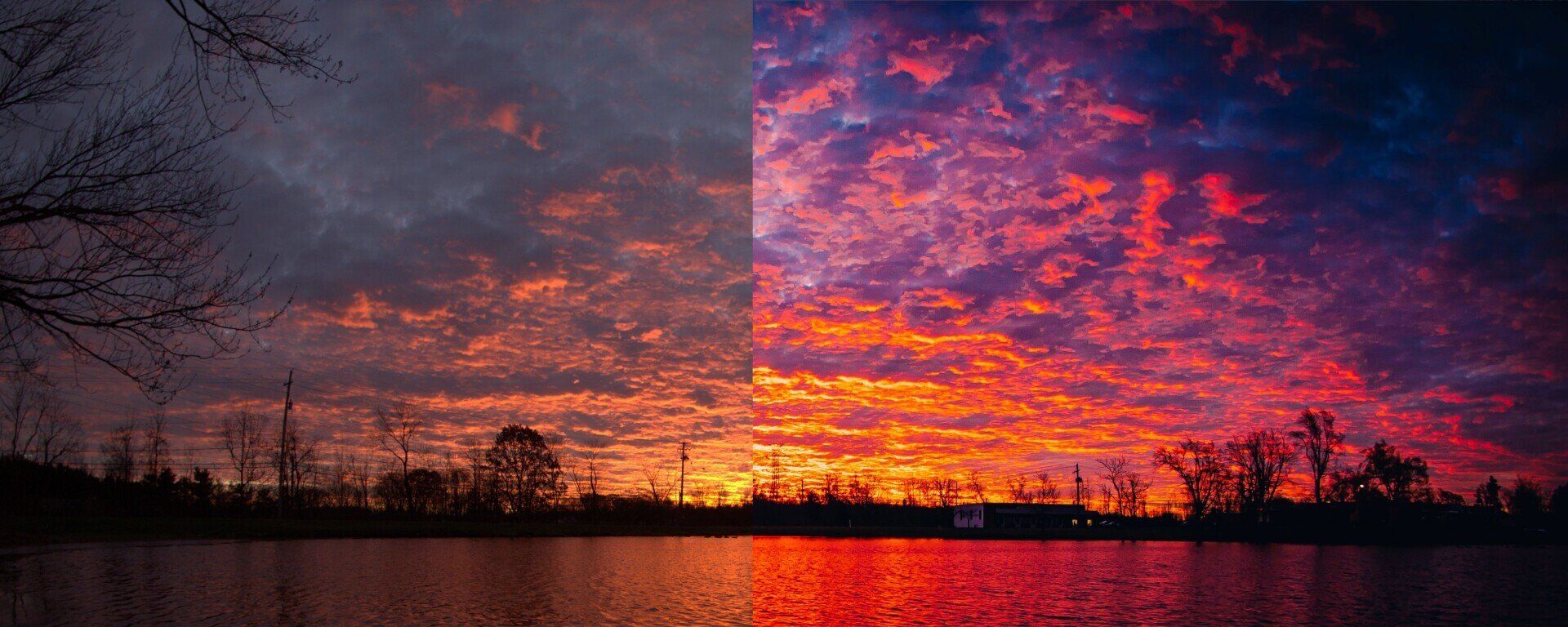Tools Of The Trade
Using the Right Lens for the Right Moment
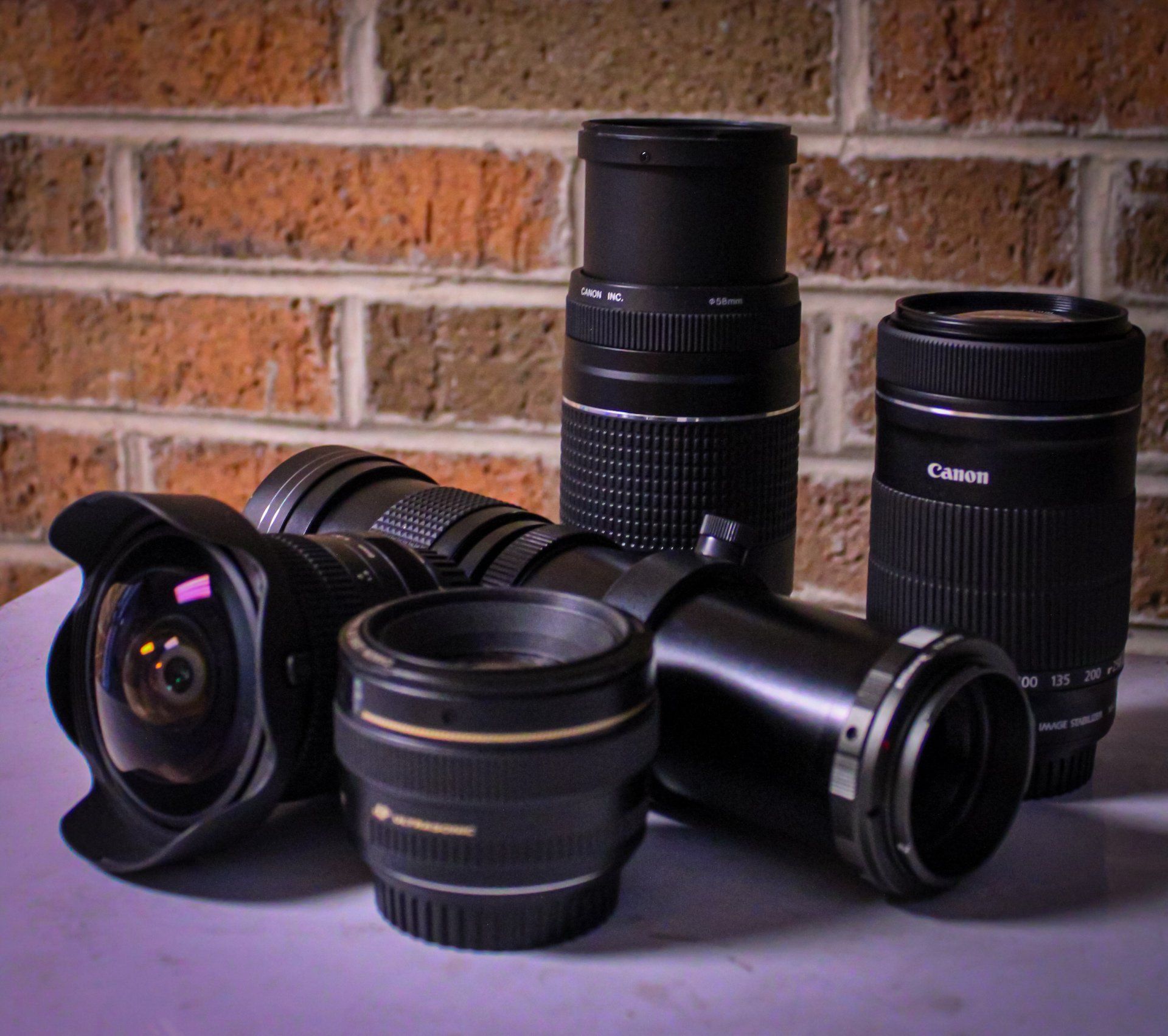
Oh, look at all of the choices. And if you are anything like me in your beginner days, new hardware equals better photos. We all go through it at some point in time or another. It goes a little like this:
"Man, if only I had that (insert lens or piece of hardware). I would get the best shots." Or maybe, "I bet that I would easily win that (insert name of photography competition) if I had that (insert name of hardware). It would be easy." Or maybe even, "(Insert name of rival photographer) only gets those amazing shots because he/she has a (insert name of hardware). I would too if I had that."
Now, I won't argue that better equipment, when used correctly, can easily lead to better quality photos. It would be ridiculous to argue against that. However, that just doesn't do the whole job. You would have to find and build your composition, find your angle, and capture your shot.
I went through the same assumptions. In fact, in many ways, I still do this (I've had my eye on a few pieces of hardware that should launch my work up a couple of pegs). However, I recently came to have an epiphany: Certain lenses are best for just certain situations.
Sure, there are some lenses that seem to work for just about anything. My 18-55mm f3.5 EF-S lens is always with me because it gives me enough range to capture a decent shot whenever I happen to find one. And if the subject is further, I usually have my 75-300mm EF lens on hand, just in case.
However, that's not what I'm necessarily talking about because those situations are just when I'm out and about. What I'm more leaning into with this post are those planned situations. The ones that you know what you want, you just need to figure out how to get it. So here is a list of the lenses that I currently own and what I use them for (you know, for the most part).
18-55mm f3.5 EF-S
As I had mentioned a little earlier, this is a pretty standard lens (it came on my camera). I'm not going to go on too much about this one because it's pretty basic. I use this for my everyday shooting while I'm out and about (I really need to look into getting something a little more compact like a mirrorless camera). It provides everything that I need to capture images of things that are right in front of me, making it useful in portraiture or product photography as well.
To be honest, this lens is like my little "Swiss Army lens" in a way because with it, I'm able to get so many different shots, it's unbelievable. And with the fact that you can attach a plethora of different filters, I don't see any reason why it wouldn't be.
75-300mm f5.6 EF
This is kind of like my other "standard," being that it also came with the camera when I had first picked it up. I had started using this lens for just anything far away (which is not an incorrect use), but later learned how it can also help "compress your image, due to the focal length.
I still use it for those far away shots, but it is the most useful as one of my go-to lenses for events, allowing me to get photos as if I were right up on stage or in the center of attention. It's still a very versatile little lens and I take it just about everywhere.
55-250mm EF-S
I had bought this to act as a bridge between my two standard lenses (described above). Being that one stopped at a focal length of 55mm and the other started at 75mm, I figured this one would give me access to that 20mm of "middle ground." And that's exactly what it does for me. It's a perfect middle length that I can use from portraits to events, all while getting a clear image.
As opposed to the 75-300mm lens, this one has an Image Stabilizer feature, to help ensure a steady photo. Despite the versatility that I'm talking about here, I probably use this one the least now, but I know that I have it, just in case (I'm kind of getting "pack rat" vibes from that last sentence).
50mm f1.4 EF
This one is usually the first lens that I reach for when I'm planning. If the 18-55mm lens can be considered a "Swiss Army lens," then this one would be a full-on genie, turning into anything and everything that I want it to. I use this for everything, as long as it was planned ahead of time (not always the case with me).
With it being at a fixed 50mm focal length, it's perfect for candid or portraiture. Which means that it makes for a fantastic street photography lens. You know, for those three times that I tried to do street photography (and I also found out three times that I am not that great at street photography). Just throw on any filter or add-on your little heart desires and enjoy the simplicity. But that's not the best part.
What I had bought it for was its low aperture. With an f1.4, it is perfect for low light photography because you can open it up plenty wide enough. That means it's pretty good for astrophotography as well (that night sky gets pretty dark, right?).
If there is one lens that I encourage every new photographer to get, it would be one that can get down to an f1.4. Plus, that means that you can still get a crystal-clear image at f1.8. Definitely I good one to have in your arsenal (mine is a permanent fixture in my camera bag). Now let's get to the oddly specific lenses.
Ultimaxx 480-800mm Telescopic Lens
This hog of a lens is used somewhat rarely, but in all fairness that's because a lot of my photos are on the fly and this one almost requires a tripod. With such a long focal length, every single movement that you make will shift your entire image (which can be really annoying). It's kind of more of an acquired taste if you will. In fact, I only have this for two clear purposes.
First of all, as a landscape photographer (I will expand my horizons one day), I also naturally slip into the role of wildlife photographer. Have you ever tried to sneak up on a rabbit or a squirrel to take a decent picture? Those little bastards are fast! And wow are they shifty!
But who needs to sneak up on them when you can shoot them from the comfort of your car (a statement that would concern me if it was coming from a hunter)? With this lens, I just have to steady my camera and release the shutter. And I have a few fantastic shots of a rabbit to prove it (where they are is a completely different story). You just have to get used to the manual focus mode, which definitely takes a whole lot of patience.
But that was just a benefit, and one that I hadn't even really planned on. No, I bought this for a completely different reason: the moon.
From the time that I had first picked up a camera, I had become fascinated with photographing the moon. I couldn't figure it out. I would use my 300mm and became extremely irritated when the moon in my photo was still nothing but a somewhat large dot (I'm not sure why I thought it would change being that I tried this several times).
However, with this lens and a tripod, I found that it was so simple to get a clear shot of the moon. You can see every detail. And if 800mm didn't get me close enough for my liking, I just attached the 2X teleconverter that came with it, turning my 480-800mm into a 960-1600mm. I seriously can't even fit the entire moon into frame with it out that far. Perfect.
Meike 8mm f3.5 Ultra-Wide Angle (Fish Eye)
As a landscape photographer, this lens has become probably one of my most important lenses. When I first got it, I was really just trying to have some fun with it. I was still looking at every piece of hardware as being my key to the best photos. Ah, how much I still had to learn (not that I don't have immense amounts to still learn).
I would hook this one up from time to time and just play around with the shots that I would get, setting the timer and messing around in front of it. I would do things like point at the lens and watch as it made the tip of my finger look so big (I've told everybody several times, I am a weird guy). Ah, good times.
This is because an ultra-wide angle lens gives the photo an amazing depth to it, really giving the subject a new dimension. At least that's how I see it. It wasn't until I decided to see what I could get with a landscape shot that I figured out the true potential this lens had for a landscape photographer.
By using this one on your landscape photography, you are able to capture the most out of your scene. It will catch all of the clouds and the sky that is almost directly above you, and everything that's on the horizon. It's now one of my favorites when capturing a sunrise or sunset.
The part that took the most to get used to was the fact that an ultra-wide angle lens captures EVERYTHING (it's called an "ultra-wide angle for a reason). It feels like it will capture anything that is not either directly next to/above you, the photographer, or behind. If it's right next to the lens, chances are that it will still be captured. However, is this necessarily a bad thing? I don't think so because the more it captures, the more you have to work with.
Finding what works for you
There are hundreds of other lenses out there in the world and you're really going to have to figure out what works the best for you in each situation. And just because you buy it, doesn't mean that you have to keep it. If it's just not working out, sell it to the next photographer.
If you really want to "try before you buy," I've heard of places where you can rent either pieces of hardware, or even entire camera setups. I have absolutely zero experience here though because I have always preferred to own it myself (although the idea is pretty appealing to me now that I think of it).
Buy it. Rent it. Read about it. Whatever gets you there, just do it because, although it is the photographer that makes the photo great, the right equipment for your style will definitely help out. If I get any kind of experience renting equipment, I will be sure to write about it so that you all can learn from my mistakes. But in the meantime, head out there, find your style, and keep snapping those shots. You never know where the next gem could come from.
I will see you on the other side.
Here's a list of links to each of the five lenses that I listed off:
